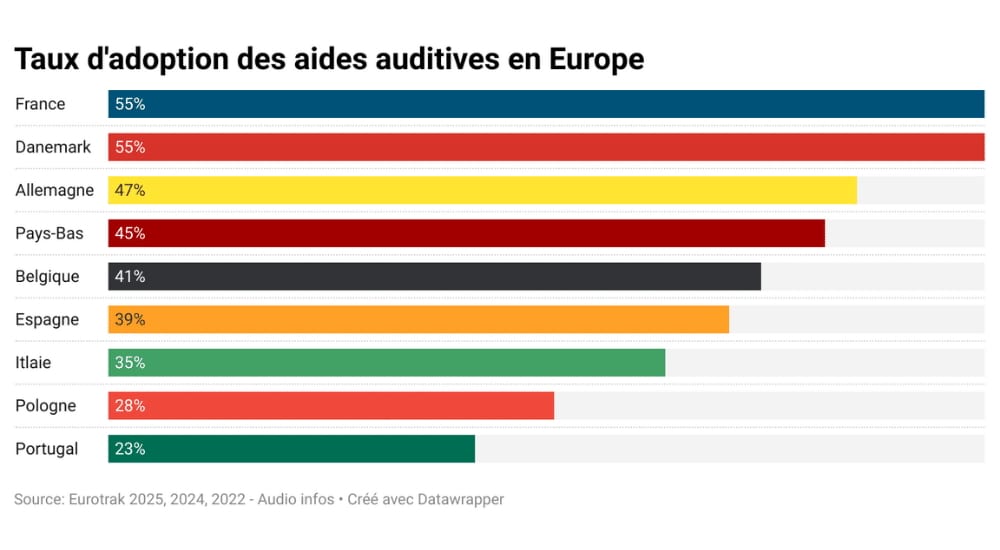Designing “sense-sensitive” environments for seniors
Study
Decreasing abilities involving sight and hearing are commonly recognized as part of aging, but touch, smell and taste may also become less acute.

In this context, a new study points to the benefits of designing “sense-sensitive” environments for seniors.
Global food and quality of life services giant Sodexo (headquartered in Issy-les-Moulineaux, France) and the University of Ottawa (Canada) joined forces to work on the Five Senses Study which aimed to get long-term care communities to think more about the sensory needs of their residents.
According to Marc Plumart, Sodexo’s CEO for Healthcare and Seniors, “We’re focused on quality of life, how [people can] live with joy, dignity and independence.” In an interview with Senior Housing News, Plumart said that unaddressed sensory impairments can intensify feelings of isolation and depression in older adults. The study showed that alongside the use of personal sensory devices, many operational changes can be implemented by senior living providers to make these environments more sense-sensitive.
Some of the solutions include reducing unnecessary background noise and putting an emphasis on resident privacy (e.g. installing sound-absorbing materials), designating separate “quiet” areas within a community, creating new housekeeping or maintenance schedules that do not disturb residents, and using red night lights in hallways or bathrooms to make it easier for residents to get around at night. These types of lights have a lower effect on circadian rhythm, reducing disruption to sleeping patterns.
Source: Senior Housing News


